Spring is a great time to transplant milkweed plants! Milkweed has a deep taproot and it is best to transplant when the plant is small and the tap root is not as deep. If you cut off too much of the taproot then it is not likely to succeed. 1. It is best to transplant milkweed in the spring when the plant is small. Transplant on a day that is cloudy or during the cooler morning/evening hours. This will make it less stressful on the plant.
9 Comments
Gardening has long been considered therapeutic for people experiencing stress or mental health issues. In the late eighteenth century, Dr. Benjamin Rush, who was considered to be the first psychiatrist, reported beneficial effects of horticulture for people with mental health difficulties. There has been a recent revival of nature-based health solutions as our world becomes more urbanized. Improving Physical HealthGardening helps you meet physical activity recommendations that make you healthier and happier! According to a 2017 study published by the Sustainability academic journal, gardening tasks that use both the upper and lower body meet the physical activity recommendations from the CDC and American College of Sport Medicine for moderate-intensity physical activity for older adults. Furthermore, results from the Short-Form 36 health survey showed that gardening can promote hand strength, pinch force, and overall physical health. Reducing Stress and Providing TherapyDid you know that fascination for your garden can actually be a restorative practice? According to Kaplan (1989), directed attention is a limited resource that can be overloaded (causing stress) and that people need to use the alternative system, fascination, to restore it. Fascination is thought to be dominant in natural environments, such as gardens, where there are captivating stimuli to hold attention. Nature is intrinsically healing. Simply looking out your window at nature can boost your sense of well-being! So get out there are plant those beautiful flowers so you can view beautiful butterflies fluttering outside your window as well. According to research by Kaplan (2001), viewing plants and a garden through your window contributes to a feeling of well-being and satisfaction. Another study demonstrated that being able to observe nature – through view of trees from their hospital bed – had physiological and psychological healing benefits for patients recovering from surgery when compared to patients who had a view of a brick building wall (Ulrich, 1984) Improving Memory and CognitionStress can actually decrease one's ability to remember things and problem solve. According to a recent study, the restorative quality of gardens can improve cognition, memory and problem solving abilities! (Adhemar). Boost ImmunityEating vegetables straight from your garden are known to increase your immune system as your body receives all those nutrients! Brightly-colored vegetables have been noted to increase interleukin-2, a substance responsible for promoting white cell function in the immune system (Gibson, 2012). Promoting Mental Health and Reducing StressThere are numerous scientific studies that have concluded that gardening can have a myriad of psychological benefits such as: reducing stress, anxiety, and depression. An article by Ulrich (1991) concludes that exposure to natural environments is one of the most important factors to stress recovery. Close contact with nature yields numerous psychological and physiological benefits, ranging from increased pain tolerance, recovery from stress and anxiety through to relaxation and enhanced wellbeing (Clatworthy, 2012). Domestic gardens provide regular access to sunshine and fresh air, which regulate circadian rhythms that control sleeping and eating patterns. CitationsAdhemar, A. (2008). Nature as clinical psychological intervention: Evidence, applications and implications. MSc Thesis. University of Arhus, Denmark.
Clatworthy, J. Gardening and wellbeing. Diss. Canterbury Christ Church University, 2012. APA Dewi, Nugrahaning Sani, et al. "Community gardens as health promoters: Effects on mental and physical stress levels in adults with and without mental disabilities." Sustainability 9.1 (2017): 63. Gibson, A., Edgar, J. D., Neville, C. E., Gilchrist, S. E., McKinley, M. C., Patterson, C. C., … Woodside, J. V. (2012). Effect of fruit and vegetable consumption on immune function in older people: a randomized controlled trial. The American Journal of Clinical Nutrition, 96(6), 1429–1436. https://doi.org/10.3945/ajcn.112.039057 Kaplan, R., & Kaplan, S. (1989). The experience of nature: A psychological perspective. New York: Cambridge University Press. Ulrich, R. S. (1984). View through a window may influence recovery from surgery. Science, 224, 4647, 420. Ulrich, R. S. (1991), Simons, R. F., Losito, B. D., Fiorito, E., Miles, M. A. and Zelson, M. Stress recovery during exposure to natural and urban environments. Journal of Environmental Psychology. 11, 3, 201-30. In honor of Arbor Day coming up on April 24th, we thought we would talk about some of the top butterfly-supporting trees! The trees we have chosen wear multiple hats, so to speak. These trees will support more than one species of caterpillar in its development to becoming a full-fledged butterfly! Oak (Quercus spp.)
Sweetbay Magnolia (Magnolia virginiana )
Hackberry (Celtis occidentalis)
Serviceberry (Amelanchier arborea)
Paw Paw (Asimina triloba)
Monarchs very rarely pupate on the host plant that they hatched on. In fact, they can pupate up to 10 meters away from their original host milkweed! They look for places to pupate where they will be safe from predators and inclement weather but sometimes they don't always choose the most logical locations. Here is a list of places to look for chrysalises.Why would I want to move a chrysalis?1) It has fallen to the ground.Monarch chrysalises can get dislodged by wind, rain, birds, people and several other factors! In order for a Monarch to eclose safely, the chrysalis needs to be suspended in the air. The Monarchs often cling to their empty chrysalis as they uncrumple their wings and air dry them before being able to take flight. If they do not have sufficient space ( at least 1-2 inches on all sides and 4 inches below), their wings may not develop correctly and they won't be able to fly. 2) It's in harm's way.Have you ever found a chrysalis in a doorway, on a car tire, on a window or somewhere you know it is unsafe? You may want to relocate the chrysalis to a safer location. 3) You want to watch the metamorphosis occur.It's okay if you want to move the chrysalis into a protected area such as a butterfly house or mesh enclosure in order to watch the beautiful process occur. Experts say that less than 10% of wild Monarchs survive outdoors due to predation. Monarchs make up for this low rate of survival by laying 300-500 eggs in their lifetimes. Watching this miracle occur is a joy for all ages and can be a wonderful educational tool for children. How to Move a Monarch ChrysalisMaterials Needed: - Dental Floss - A Pin or Safety Pin - Scissors Step 1: Locate the Chrysalis and Make Sure It is Safe to MoveFresh chrysalises are delicate and need time to harden before you can move them safely. Observe the chrysalis before moving it. Is it an opaque green or is it starting to turn transparent so you can see the Monarch inside? The Monarch's pupation stage is 10-14 days and the chrysalis will harden after 1-2 days. If the chrysalis is completely transparent, revealing the black and orange butterfly within, it will begin to emerge within 24 hours. If you are unsure when pupation occured, it is best to wait a day before moving the chrysalis. However, If you know that it is in dire danger, then move immediately with the utmost care. If a chrysalis breaks, it will ooze and the Monarch will not be able to survive this damage. Step 2: Remove the Silk PadLook closely at the chrysalis and use a magnifying glass if necessary. The silk pad will be attached to the surface and the black cremaster is directly below it. Very gently, loosen the silk pad by inserted the pin where the surface and silk meet. Try not to disturb the cremaster. Carefully, wiggle the pin until the silk starts to pull away from the surface. Once there is enough slack, pull the silk off of the surface with your fingers or tweezers if needed. Cup your other hand beneath the chrysalis to protect it from falling to the ground. Step 3: Adhere Dental Floss to the Silk Pad
Step 4: Hang the Beautiful ChrysalisGrab the ends of the floss and tie around a branch, rod or other secure fixture that is at least 4 inches off of the ground and 1 inches of clearance on all sides. If you are using a mesh enclosure instead, use the pin to secure the knot to the top of the cage. Step 5: Let the Butterfly Hang Out!It takes several hours for the monarch butterfly's wings to dry properly. They may begin to flap them gently to expedite the process. Let them be and do not touch their wings at all while they are drying. This can damage the scales on them and render them unable to fly.
Congratulations!! You just successfully moved a chrysalis and may have just save their lives! |
AuthorRebecca Chandler Archives
March 2024
Categories |

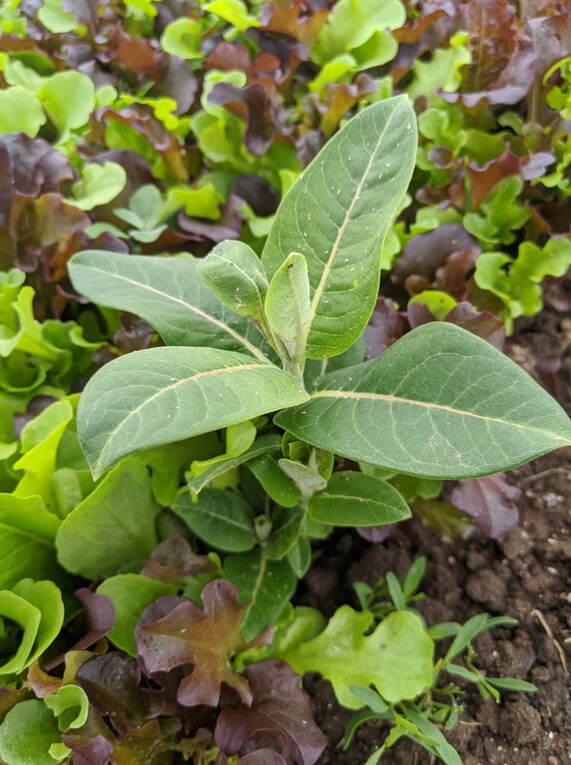
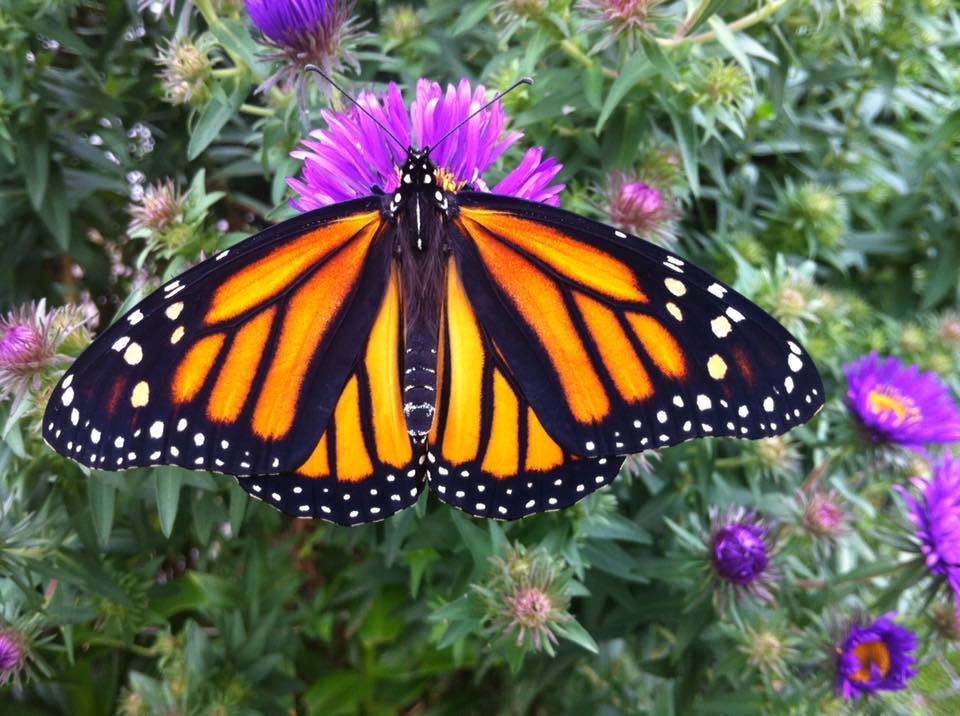
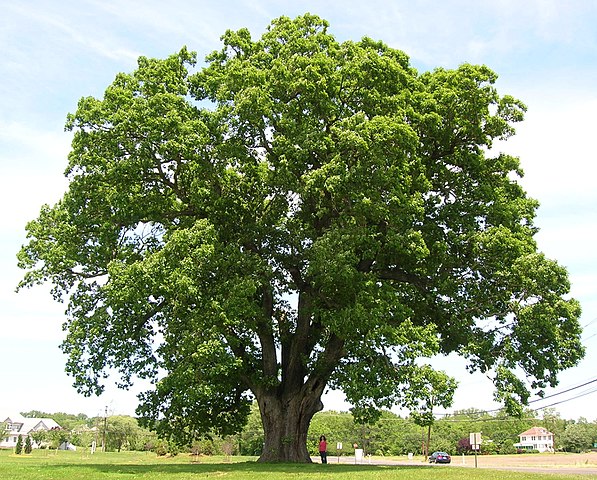
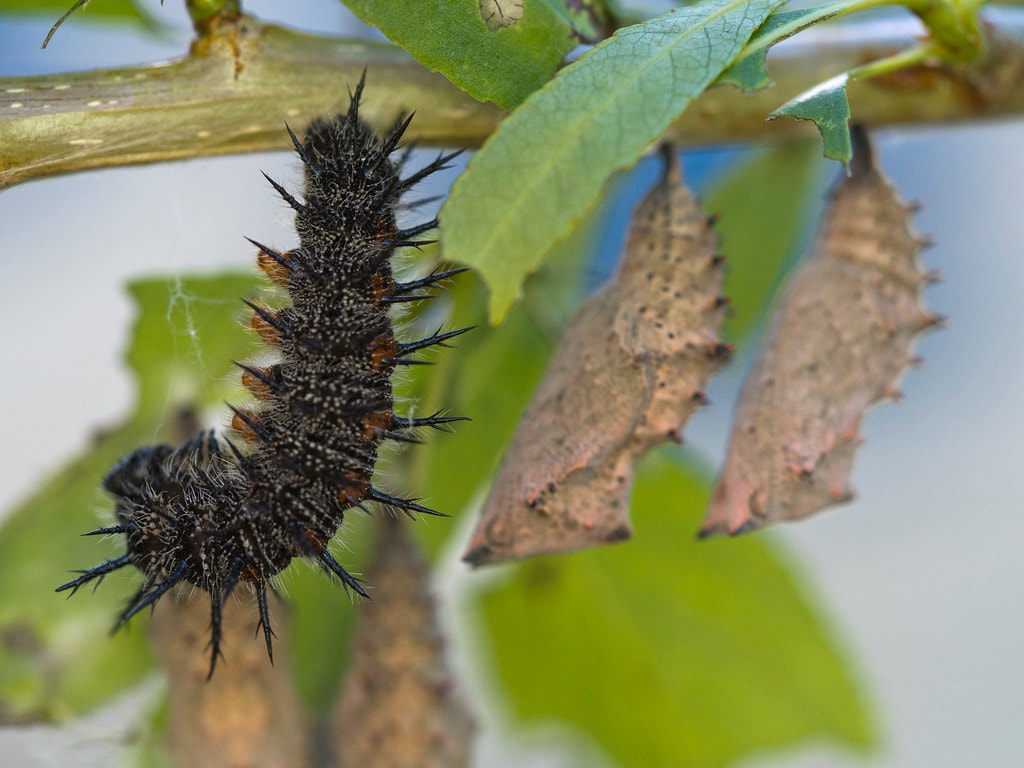
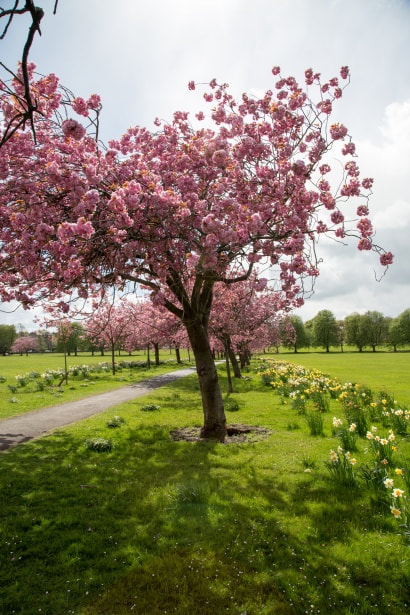
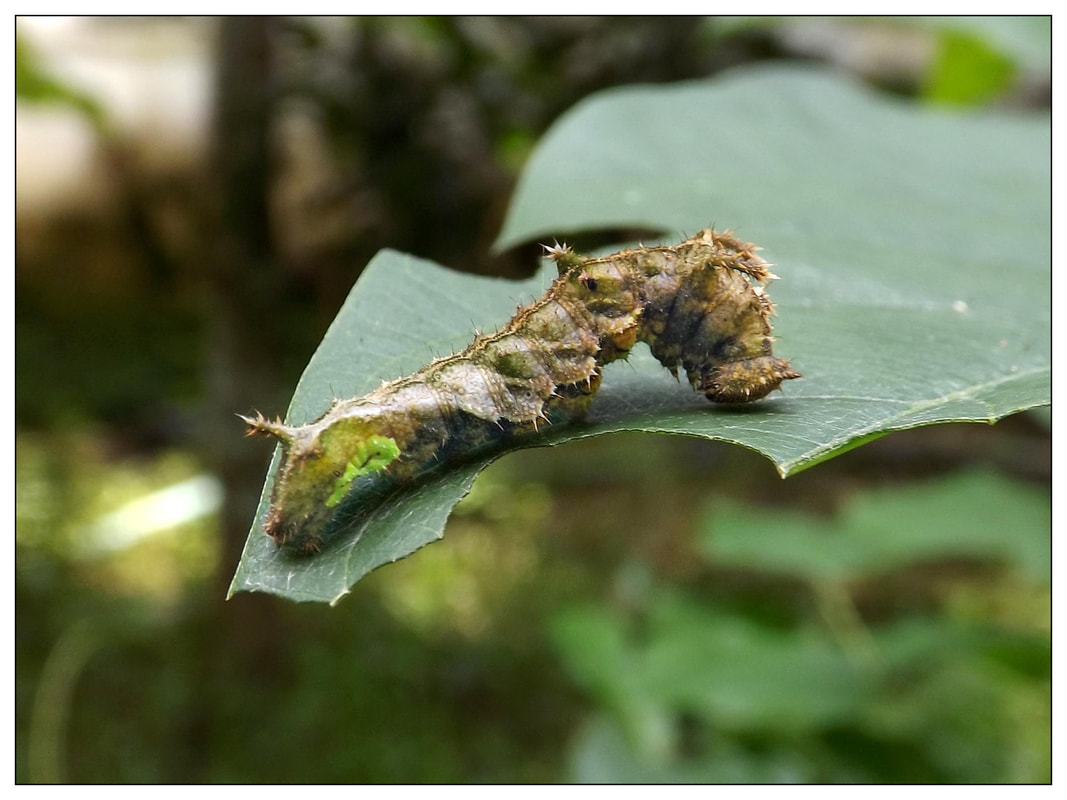
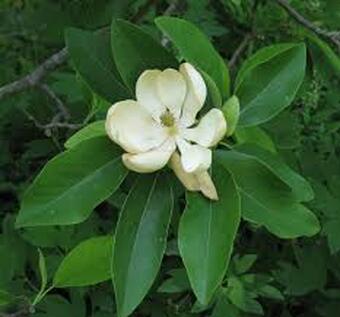
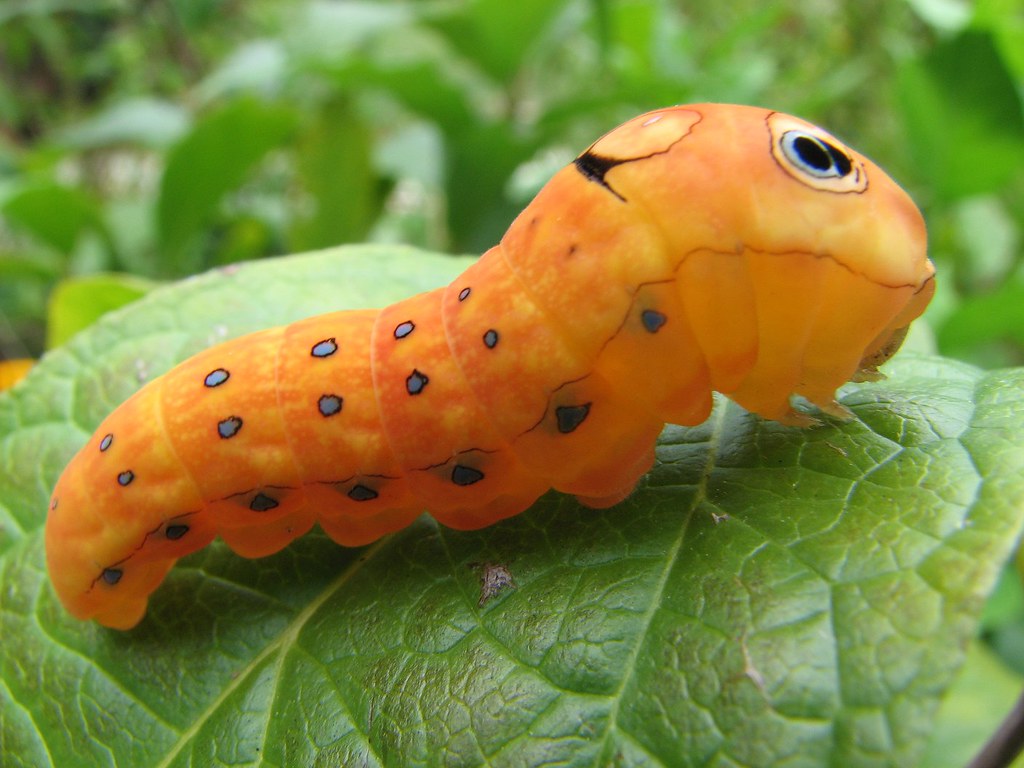
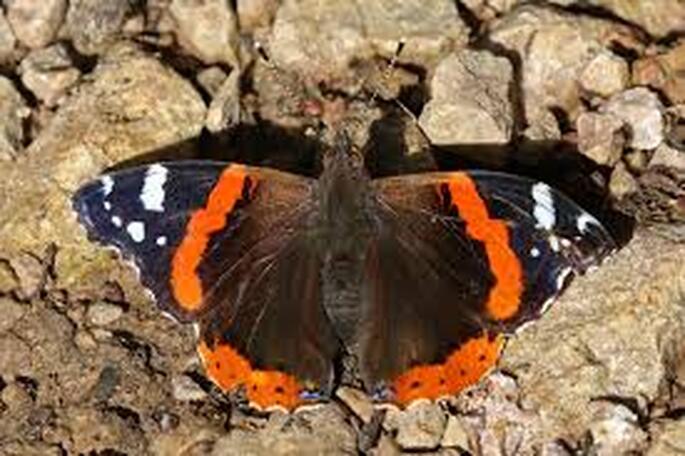
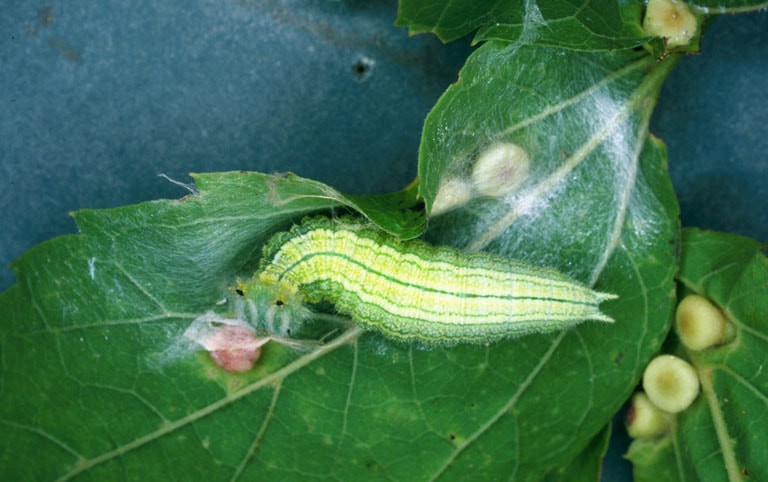
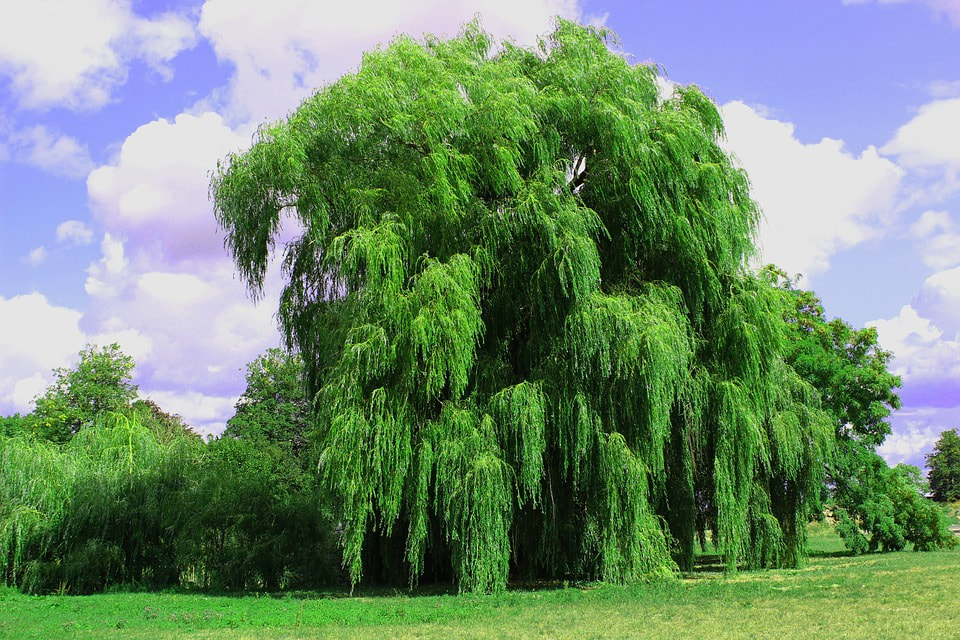
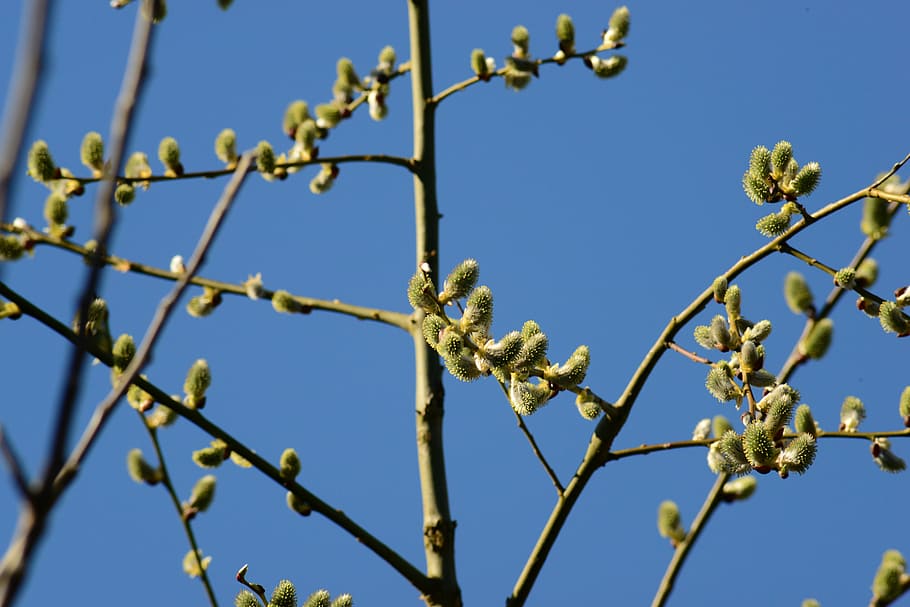
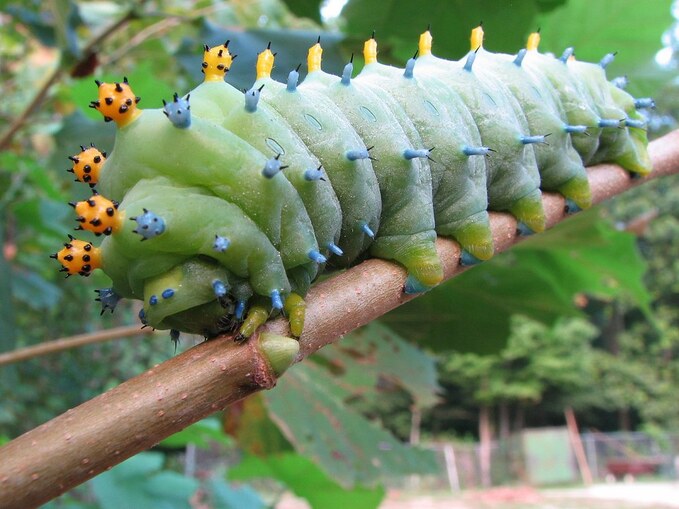
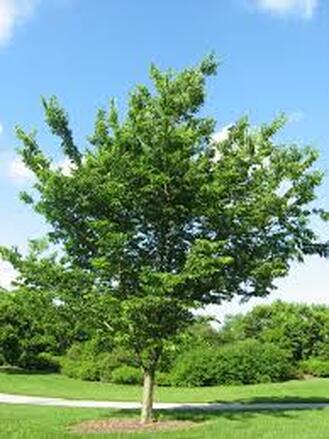
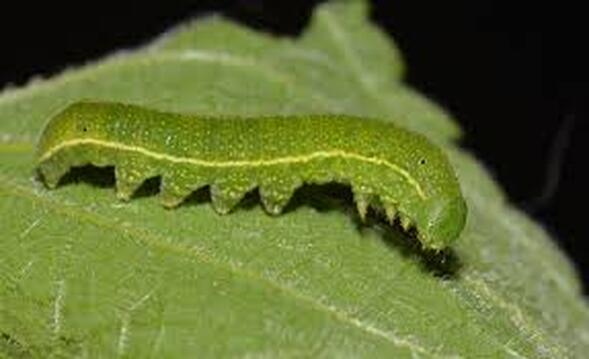
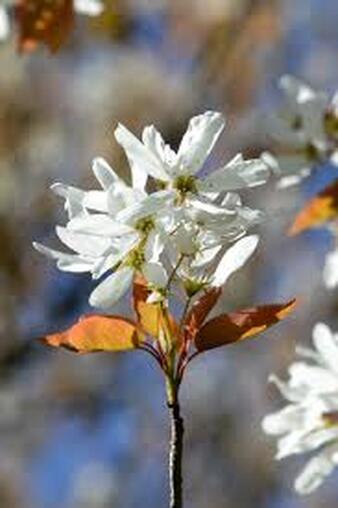
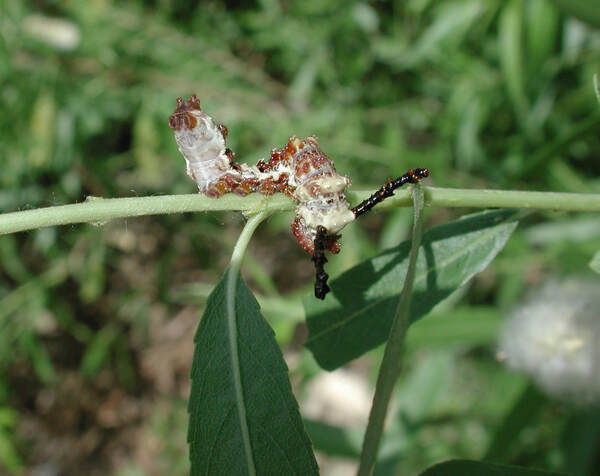
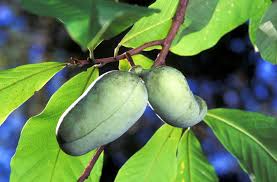
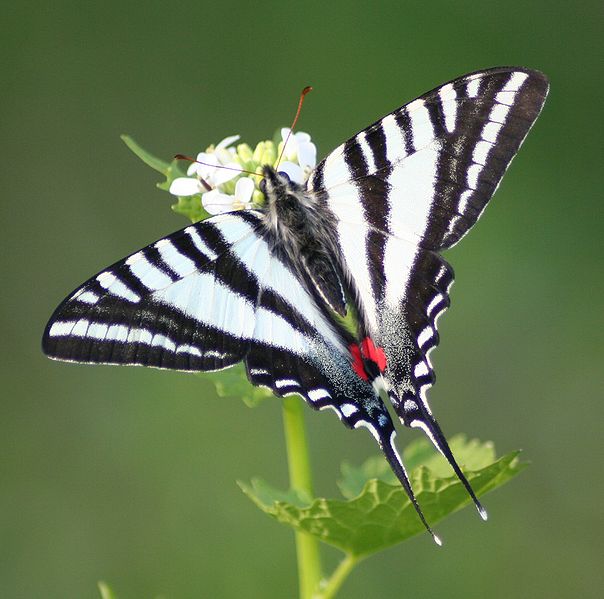
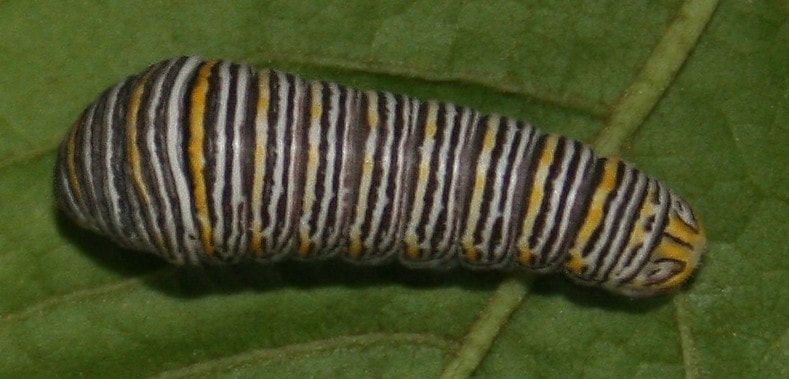
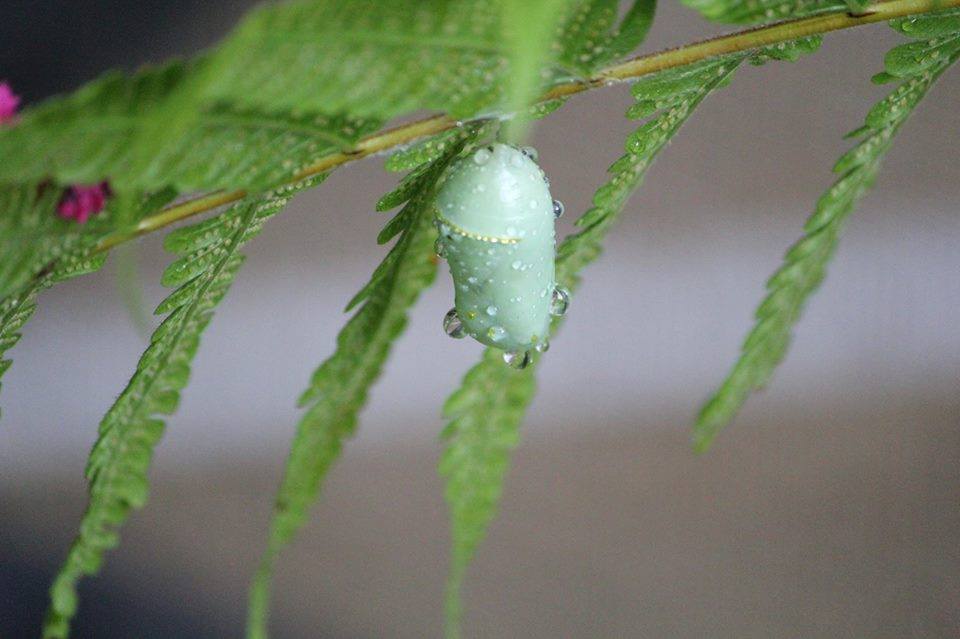

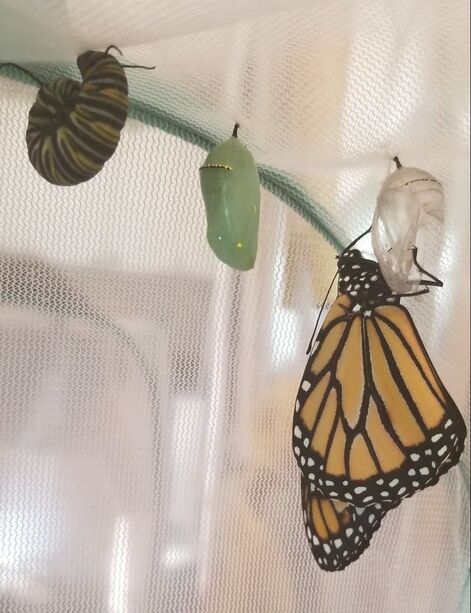
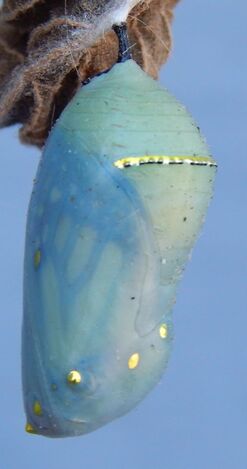
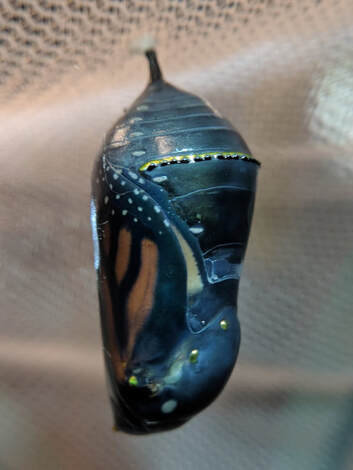
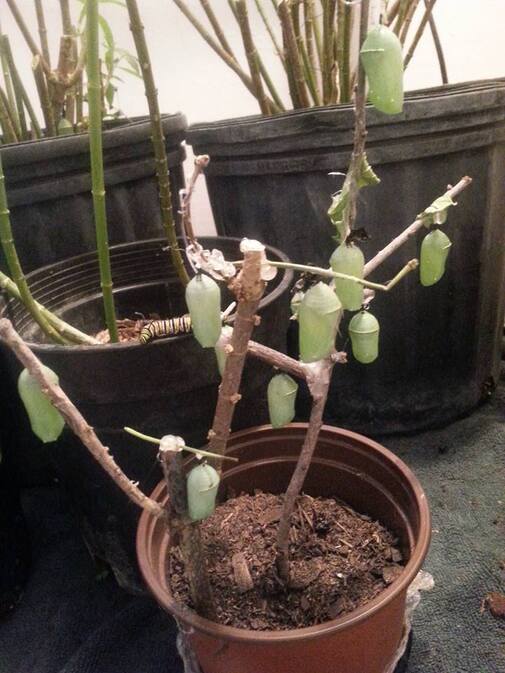
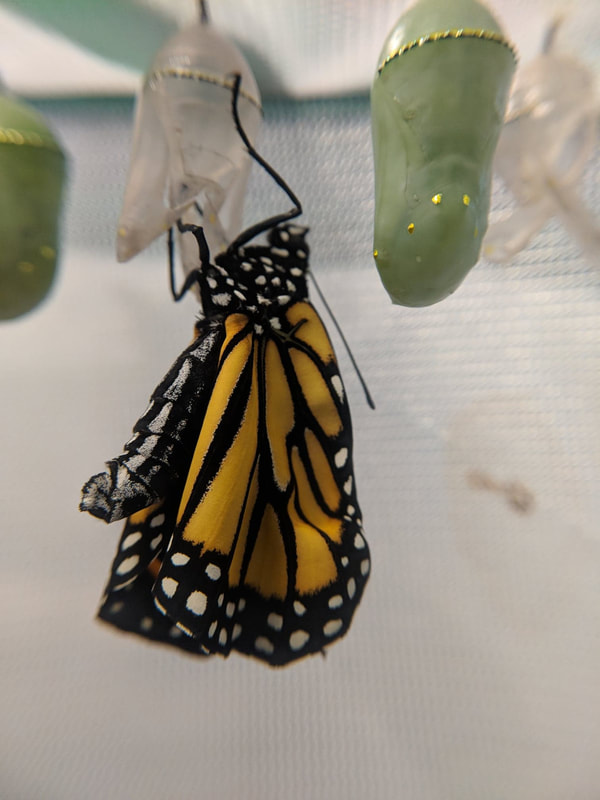
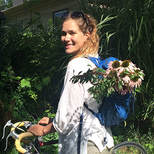
 RSS Feed
RSS Feed